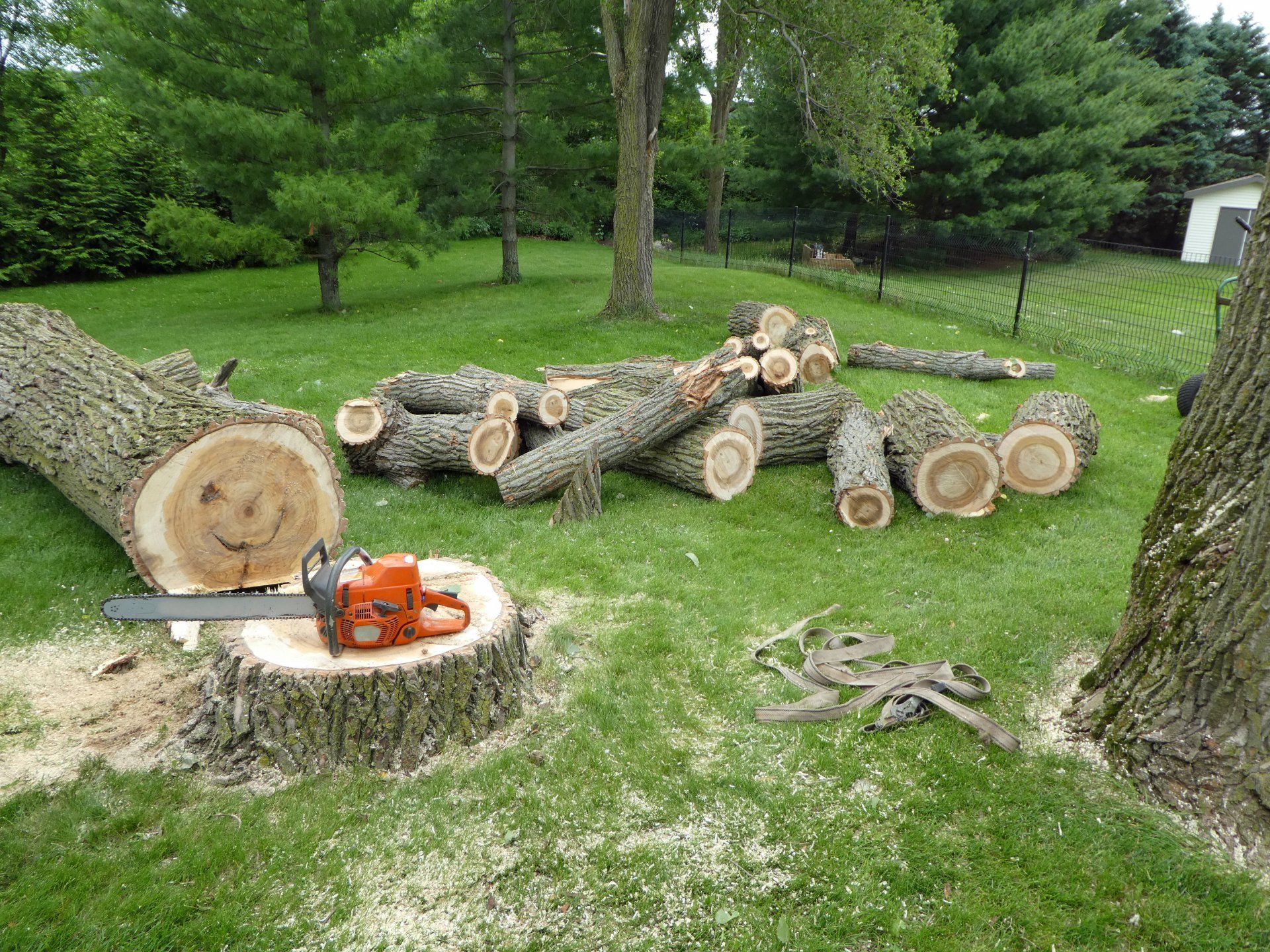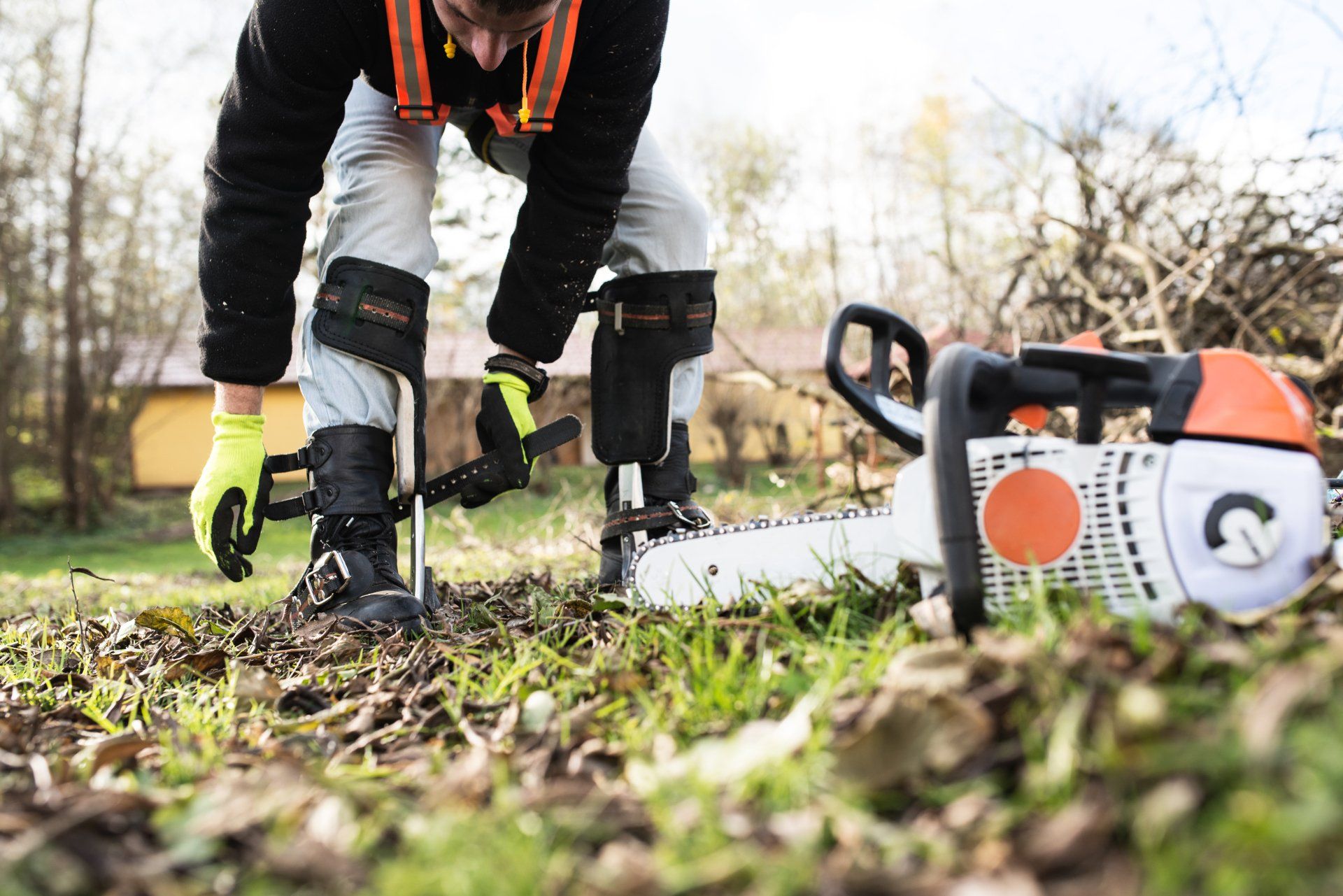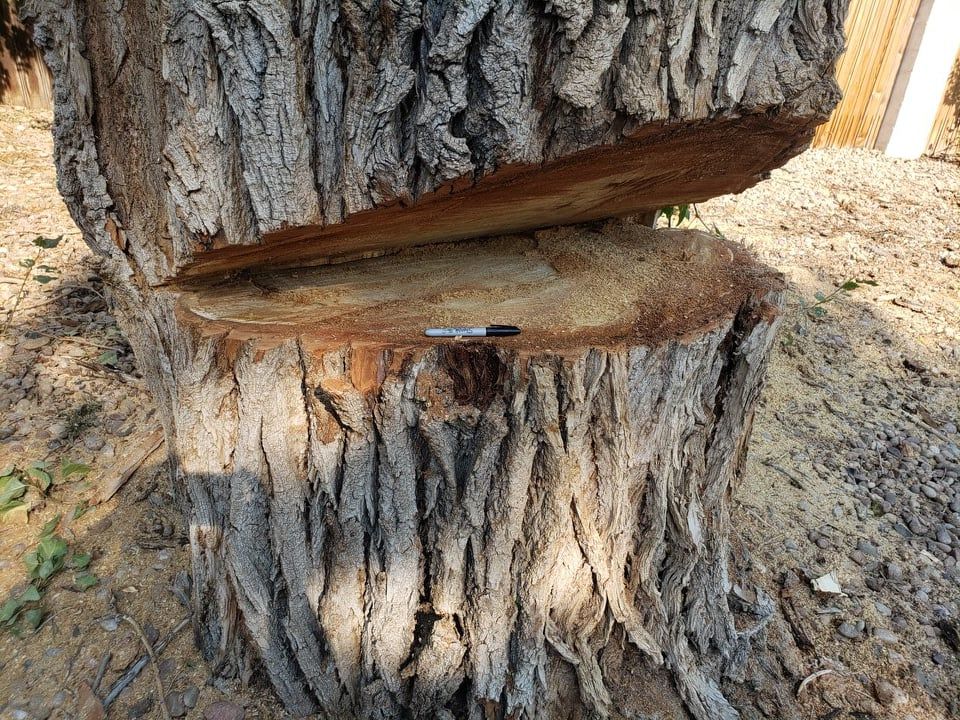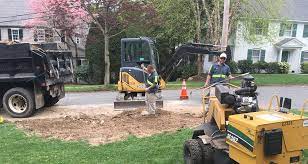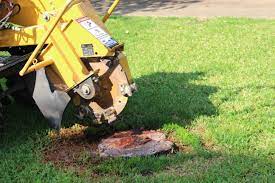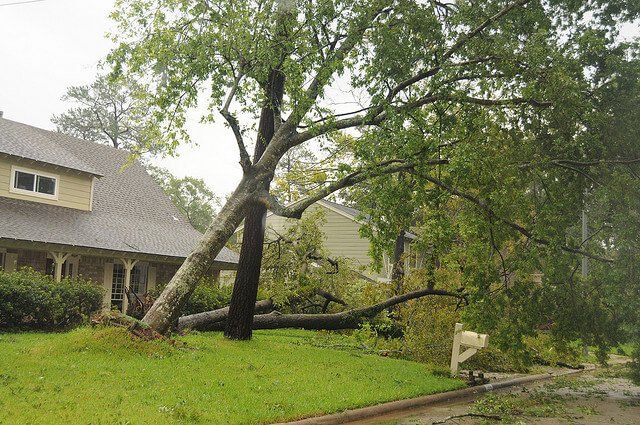What happens if you don't grind the stump?
What happens if you don't grind the stump?
When you play baseball, there are rules. This might seem like a silly point to make, but for any game with multiple rules and regulations, there’s always one person who manages to break all of them at once. Consequently, the baseball field is peppered with numerous ground rules, which dictate what players can and can’t do while on the field. These ground rules are in place to keep the game fair and as safe as possible for all players. These rules come into play almost every time there’s an inning played between two teams. It doesn’t matter if it’s preseason or regular season; if you don’t follow the ground rules, you won’t get very far before getting called out by your teammates.
Stump-the-Runner Rule
In the batter’s box, the runner is out if he misses the pitch and doesn’t attempt to advance to first base. This rule is in place to prevent runners from sitting on the pitch and, by extension, to get more runners to attempt to advance to first base. The rule is simple and straightforward, though the batter does have a grace period of one pitch to advance to first base. After that, he’ll be called out. The batter must attempt to advance to first after missing a pitch, or he will be called out. If a batter fails to do so, he is considered to have not attempted to advance to first base and will be declared out. It’s important to note that this rule applies to all batters, even pitchers.
Basepath Ground Rules
The runner must always stay inside the baseline. If he strays from it, he will be called out. The baseline is the imaginary line that runs parallel to home plate and extends from foul line to foul line. As long as the runner stays on the right side of this line, he won’t be called out. If he steps over the line, though, he’ll be called out. If a runner is distracted while rounding the bases, he might end up stepping outside of the baseline. If he does, he is out, regardless of the reason. At all times, the runner must stay inside the baseline. If he steps outside the line, he will be called out.
Batter’s Box Rule
The batter must remain in the batter’s box throughout his at-bat. When he steps outside the batter’s box, he will be called out. This rule is in place to keep the batter in a box, both physically and figuratively. As with the other rules, this one only applies when there is a runner on first base and no outs. When there are no runners on base and one out, the batter can leave the box and go wherever he wants. A batter must remain in the batter’s box throughout his at-bat. When he steps outside the box, he will be called out.
Batting Practice Rule
The batter must remain inside the foul lines while he hits batting practice. If he steps over the lines, he will be called out. Batter’s hitting practice is a common baseball tradition. When the team is taking batting practice, the batter will hit a few balls off a tee or off a soft toss machine. This is usually done at the beginning of the game, sometimes before the team even arrives at the field. This rule is in place to prevent batters from going too far down the field and straying off the baselines while they hit. It’s designed to keep them on the field and prevent them from getting in the way of other players. When a batter steps over the foul lines while hitting practice, he will be called out.
Base Coaches’ Box Rule
Base coaches cannot step inside the box during an inning. This rule is in place to keep coaches from endangering themselves and others (especially runners). When a base coach steps inside the box, he is considered “actively participating” in the game and will be called out. Base coaches must remain outside the box at all times. If a coach steps inside the box, he will be called out. The box is the area between the first and second base lines extending halfway between home plate and first, second, and third base. If a base coach steps inside the box, he will be called out.
Runner Going From 1st to 2nd
A runner can attempt to go from first to second base only when there’s a single, a walk, or a hit-by-pitch. When there are two outs and a runner on first, he cannot attempt to steal second base. When a runner goes from first to second, the batter must make an attempt to swing at the ball. If he fouls the ball or misses the ball completely, the runner will be called out. If the batter makes contact with the ball, the runner will be safe and will not be called out. If the batter goes to the base coaches’ box and misses the ball, the runner will be called out. If the batter is swinging at the ball and misses it, the runner will be safe and will not be called out.
Runner Going From 2nd to 3rd
To go from second to third base, a runner must be able to get to third “safely.” This means that he must be able to beat the throw from the first baseman without the first baseman tagging him out on the way to third. If the runner has two outs and the first baseman fields a hit and throws the ball to third base, the runner will be called out. If the runner has two outs and the first baseman fields a hit and throws the ball to second base, the runner will be safe. When a runner is attempting to go from second to third base, the batter must go to the base coaches’ box and attempt to swing at the ball. If the batter fouls the ball or misses it completely, the runner will be called out. If the batter makes contact with the ball, the runner will be safe and will not be called out.
Bottom of the Game: Runners at 2nd & 3rd, No Outs
If there are two outs with runners on second and third base, one of two things will happen: The batter will make contact with the ball and either: - Hit a single, walk, or hit-by-pitch. The runner on third base will advance to home plate and the runners on second and third will remain at second and third. - Miss the ball and the runners on second and third will remain at second and third. - Make a bad throw to first base and the runner on third base will score and the runners on second and third will advance to first and second. If the runner at third base is trying to steal home and the batter hits a single, walk, or hit-by-pitch, the runners on first, second, and third will attempt to score. The runners on second and third will attempt to score only if the runner on third can get home “safely” and without being tagged out.
Conclusion
When baseball players are on the field, there are a lot of rules to keep in mind. The rules keep the game fair and safe for everyone, and they also help players better understand the game. When you know the rules, you can understand your teammates’ decisions and react accordingly. You can also call out other players who are breaking the rules, which makes the game that much more fun.
